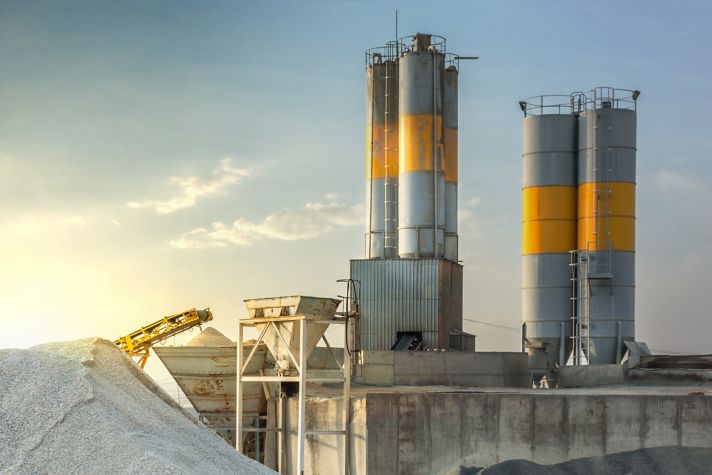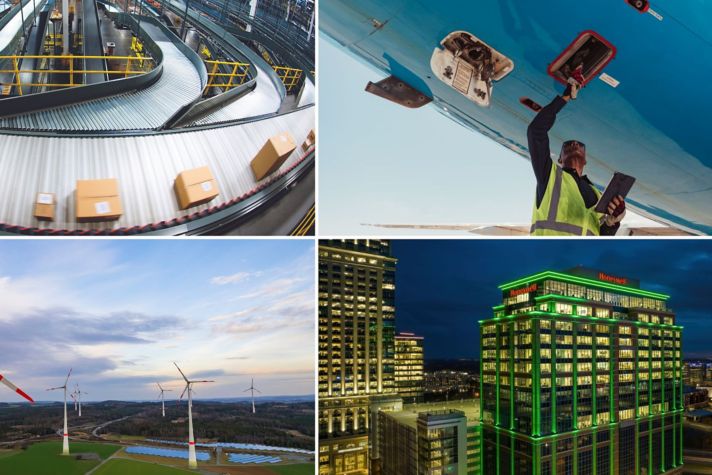-
Global
-
Africa
-
Asia Pacific
-
Europe
-
Latin America
-
Middle East
-
North America
- |
- BUSINESSES
- |
- Contact
- |
-
Global
-
Africa
-
Asia Pacific
-
Europe
-
Latin America
-
Middle East
-
North America
- |
- BUSINESSES
- |
- Contact
- |
You are browsing the product catalog for
You are viewing the overview and resources for
- News
- How Carbon Capture Works
How Carbon Capture Works
The technology prevents carbon dioxide’s release into the atmosphere and prepares it to be stored permanently, holding promise for global emission goals.
As the stakes and impacts of climate change intensify, we need technologies that can help industries limit greenhouse gas emissions today and achieve carbon neutrality in the near future. Carbon capture, utilization and storage (CCUS) can provide a stopgap, significantly reducing carbon dioxide (CO2) released into the atmosphere while the world transitions from fossil fuels to renewable energy sources.
Carbon capture, utilization and storage is an effective but complex and underutilized solution. According to the International Energy Agency, carbon capture capacity would have to increase by more than 20 times to enable the capture of 840 million metric tons per year of CO2 by 2030 to meet global emissions goals.
Here are five things to understand about carbon capture technology and how it supports a cleaner future.
How does carbon capture, storage and utilization work?
Carbon capture technologies provide industries with sustainable methods of carbon removal that prevent carbon dioxide from entering the atmosphere. There are essentially two types of carbon dioxide capture in use today:
Post-combustion processes, which separate CO2 from other exhaust gases and capture it using a variety of technologies, producing pure, storable carbon dioxide.
Pre-combustion processes, which convert fuel into a gaseous mixture of mostly hydrogen and CO2. The carbon dioxide is compressed for later storage, and the hydrogen is burned without producing any carbon dioxide.
So, where does that carbon dioxide go? Most likely, carbon dioxide will be stored underground in locations such as depleted oil and gas reservoirs, deep saline formations and un-minable coal beds.
Where is carbon capture, utilization and storage happening?
Industrial facilities such as liquefied natural gas (LNG) terminals, hydrogen plants, steel mills, cement plants, power plants, and oil and gas refineries produce large amounts of carbon. Carbon capture technology can help reduce the environmental impact of these and other industries responsible for greenhouse gas emissions.
What are the challenges to implementing carbon capture?
The biggest barriers to widespread adoption of carbon capture, utilization and storage are the costs of equipment and energy used to capture and compress carbon dioxide for transport and storage. Transporting carbon dioxide after it’s captured presents challenges, as well. The high-pressure and low-temperature pipelines that carry carbon dioxide are expensive to build.
How does this technology enable energy transition?
Carbon capture can reduce CO2 emissions by:
Decarbonizing industries that can’t — at least in the near term — practically eliminating CO2 as a byproduct of their industrial processes, such as cement and steel production.
Serving as a ready-now stopgap as industries work to decarbonize production processes, helping them achieve their goals around carbon reduction.
Providing a lower-cost solution in industries and areas where carbon capture, utilization and storage is more economically efficient than other methods of reducing emissions, or where captured carbon could be a useful input to a product.
Additionally, our Advanced Solvent Carbon Capture technology, which is specifically designed for post-combustion flue gas applications, enables greater than 95 percent CO2 capture.
What technologies for carbon capture exist today?
Engineers are building technologies to make carbon capture, storage and utilization solutions more widely available.
For example, at Honeywell, we recently announced an agreement with The University of Texas at Austin that will enable the lower-cost capture of carbon dioxide emissions from power plants and heavy industry. This carbon removal technology can be retrofitted within existing plants or included as part of a new installation. With thousands of power and industrial plants around the world, the opportunity for significant emissions reduction is enormous.
We’re also working with EnLink Midstream LLC to provide end-to-end solutions, including the delivery of ready-now carbon capture technologies to industrial-scale carbon dioxide emitters within the US Gulf Coast area.
Together, we’re also deploying Honeywell’s hydrogen purification technologies for lower-carbon hydrogen production and EnLink’s planned carbon dioxide pipeline transportation network.
Learn more about implementing carbon reduction practices and how they can make an impact on your business and the planet.
Copyright © 2025 Honeywell International Inc.




